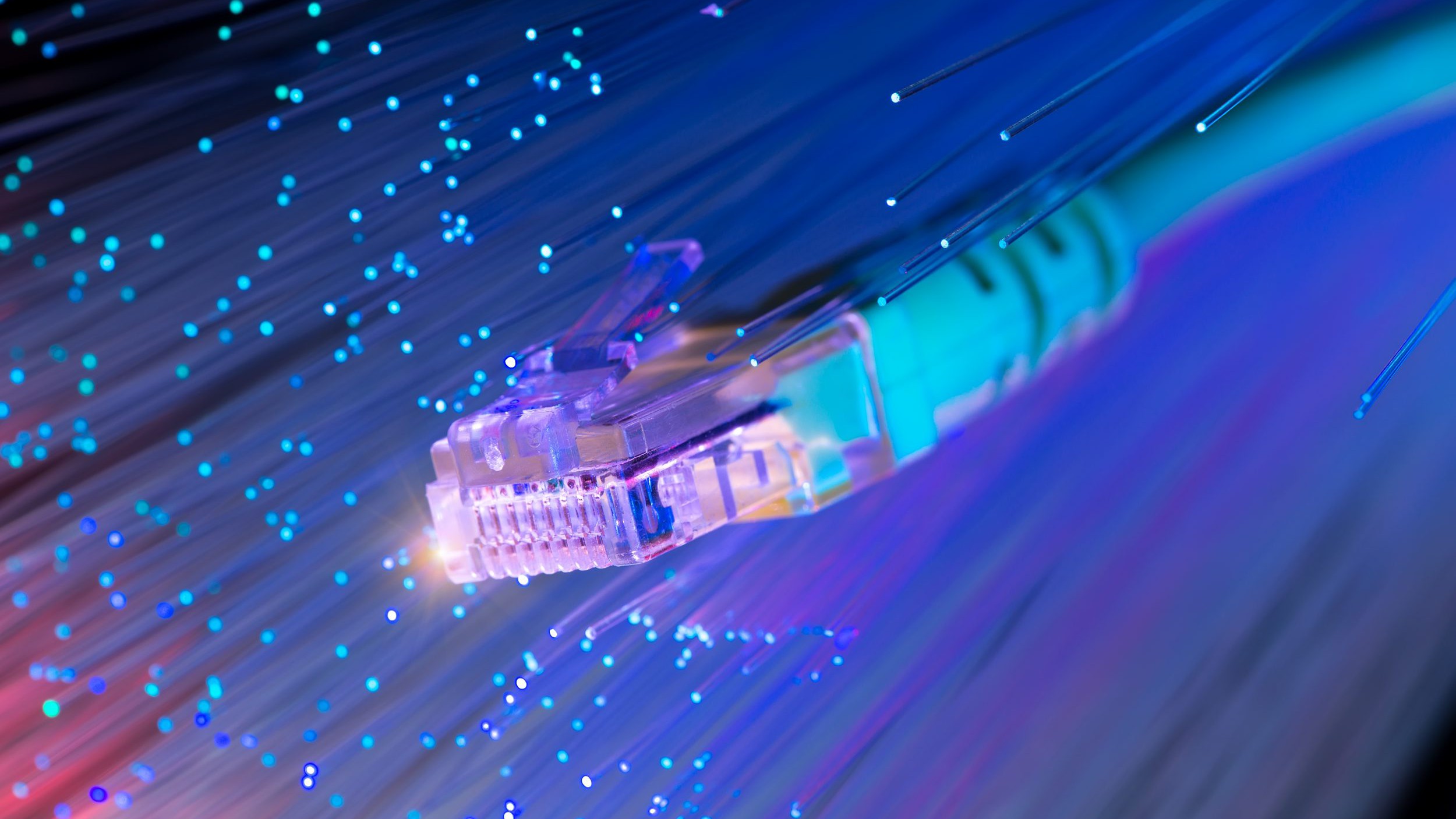Today’s electronics allow people to do tasks more quickly, more thoroughly, and with less effort. Unfortunately, all the devices involved require electricity, which may not be available depending on the location of the power outlets. Data transmission through cable is also needed as reliable Wi-Fi may be unavailable, unsecure, or expensive.
Power over Ethernet is the solution to both these problems and more. Today’s article covers the system, how it works, its benefits, and finally, use cases in various industries.
Power over Ethernet: What It Is and How It Works
Article Guide
Most devices, like digital security cameras, usually have two connections or cords: one to receive power from an outlet so they can function and one to transmit data or send the video feed to a receiver like an industrial panel PC.
Power over Ethernet, commonly known as PoE, is a technology that allows electrical power and data to be transmitted over standard Ethernet cables simultaneously.
Inside a typical cable are pairs of wires called twisted pairs. There are four pairs per cable. PoE uses two of these pairs to transmit data, while the other two are used to transmit power. New PoE standards like Type 3 and 4 use all four twisted pairs for power and data.
PoE eliminates the need for separate power supplies or electrical power outlets for network devices, making network installation more accessible and efficient.
Benefits of Power over Ethernet
There are plenty of benefits to PoE for businesses and consumers.
- Users of PoE devices don’t have to deal with the hassle of separate AC/DC power supplies, power bricks, and outlets.
- PoE devices like security cameras and wireless access points can be located in out-of-the-way places such as ceilings.
- Hiring an electrician to install new wiring and electrical outlets is unnecessary. Not only are time and costs saved for many companies, but certain industries, like healthcare, cannot shut down during such work.
- There are fewer regulations concerning installing and placing Ethernet cables and outlets. Even better, the cables are inexpensive and often found already installed at sites.
- PoE devices and switches are specifically designed to work with less power than conventional network devices without sacrificing quality. As a result, companies can see a drop in their energy bills.
- Users can restart certain PoE configurations if their devices go down during a power outage.
- Mission-critical applications on PoE can be protected from those same outages by being attached to an uninterruptible power supply.
Business Use Cases with Power over Ethernet
Hospitality, healthcare, and many vertical markets and industries have extensively leveraged PoE devices and equipment.
- Voice over IP phones, or VoIP, are the most common applications of PoE. They are found in many business offices and institutions.
- Thanks to wireless access points, or WAPs, companies, from finance giants to coffee shops, can provide Wi-Fi access throughout their facilities. The access points use an Ethernet cable for power and data transmission.
- Manufacturing plants, government buildings, and schools use PoE flexibility to sprinkle PoE security cameras around their facilities. The cameras don’t have to be near power outlets, making them ideal for out-of-the-way places. Similar cameras can also be found in public vehicles like buses, which use rugged mini PCs to power and store their video feed.
- The PoE-based patient monitoring system used at the University of Wisconsin Hospital (UWH) is an example of the technology’s use in healthcare. UWH needed a way to quickly provide patient vitals like dietary restrictions and medication to caregivers working in the long-term care ward. Installing new outlets and their wiring in each patient’s room would have been extremely expensive. PoE computers mounted outside each patient’s room proved to be the solution.
Other applications of PoE include smart offices and smart cities.
Let Cybernet Be Your Power over Ethernet Source and Connection
Power over Ethernet (PoE) provides power and data connectivity through a single cord to electronics like telephones, surveillance cameras, and PoE computers. The technology’s advantages include reduced costs, less power usage, and greater location flexibility.
Businesses as diverse as manufacturing, security, and healthcare use PoE devices in daily operations. Contact the team at Cybernet Manufacturing if your business is looking to roll out the technology for your latest project. We have a range of PoE computers for use in diverse work environments and settings.
Need help finding what you’re looking for in our product lineup? No problem! As an Original Design Manufacturer, we have direct control over the many features of our products. We’re confident our talented designers and engineers can build your desired PoE medical panel or industrial mini PC.
Join the conversation and connect with us on this and other relevant topics – Follow us on Facebook, Twitter, Instagram, and LinkedIn.
Benefits of Power-over-Ethernet Computers in Healthcare Settings
December 26, 2016
A typical healthcare environment is a complex system of devices, networks and people working in-sync, but modern hospitals are increasingly pressed to find cost-saving solutions. Energy efficiency is one of the focal…
0 Comments9 Minutes
You Can't
Learn from a Pop-up
But we can deliver knowledge to your inbox!
We dive deep in the industry looking for new trends, technology, news, and updates. We're happy to share them with you.
Knowledge, News, and Industry Updates Right in Your Inbox



